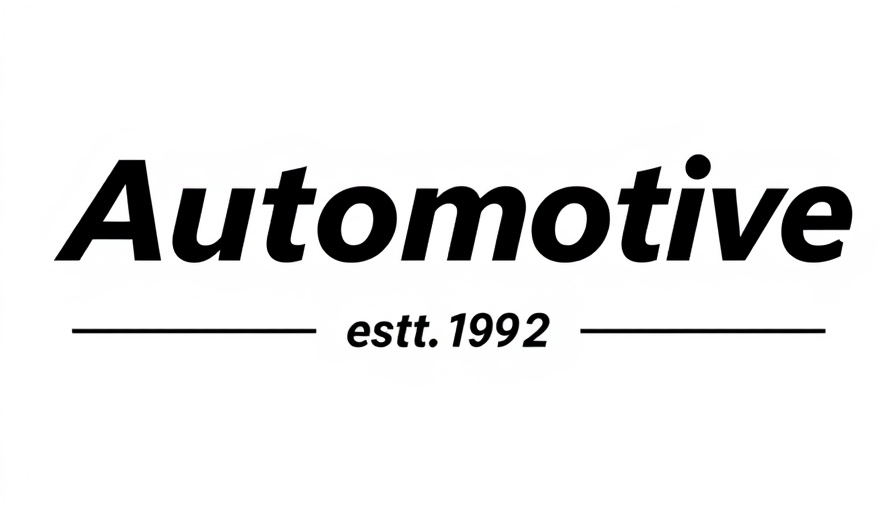
Tariffs Sparks a Surge: A Deep Dive into Wholesale Vehicle Prices
The wholesale vehicle market is experiencing an unprecedented surge, with prices jumping to an 18-month high. This leap, driven primarily by tariffs affecting automotive imports, reflects broader trends in the economy and provides key insights for dealerships looking to navigate the changing landscape. According to the latest data from Cox Automotive, the Manheim Used Vehicle Value Index hit 208.2 in April, representing a 4.9% year-over-year increase and a 2.7% rise from March levels, even after adjusting for seasonal variations and vehicle conditions.
Understanding the Tariff Impact on Vehicle Prices
The imposition of tariffs has sparked heightened demand in the wholesale market, with dealers eager to secure quality used vehicles in anticipation of rising prices for new cars. “The sense of uncertainty prompted dealers to turn to auctions,” says Laura Wehunt from Black Book. As new-car manufacturers grapple with tariffs, many are holding vehicles at ports, thus constraining inventory. This creates a ripple effect, significantly impacting the wholesale market for used vehicles, as potential buyers rush to make purchases before prices escalate further.
Analysing Recent Trends: Why the Increase Matters
The continuing upward trend in vehicle prices indicates more than just seasonal change; it depicts shifting consumer behavior and market expectations in the automotive industry. The tight supply, coupled with strong retail sales of used cars, illustrates that the market dynamics are unusual for this time of year. Jeremy Robb from Cox Automotive explains that, typically, the ‘spring bounce’ concludes by mid-April, yet this year’s momentum lingered far longer, with stable appreciation throughout the month.
Future Predictions: What Lies Ahead for Auto Dealers
Looking forward, experts anticipate that while the first half of the year may continue to see strengthened prices, there could be a slowdown in the market as transactions drawn forward in March and April balance out demand. Dealership owners should prepare for potential fluctuations as the year progresses. Robb speculates that the auto market may normalize as buyers have accelerated their purchases in response to anticipated tariff-induced price increases.
Practical Insights for Dealership Owners
For dealership owners and general managers, staying ahead of these trends is crucial. Understanding the detailed nuances of wholesale auctions could provide a competitive edge. It is essential to continually assess how external factors like tariffs will affect vehicle pricing strategies. Proactively managing inventory and sales tactics based on current market demands can help dealerships capitalize on favorable conditions in the market.
Key Takeaways and Actionable Strategies
As the automotive industry continues to adapt to external pressures, understanding the implications of rising wholesale vehicle prices is more vital than ever for dealers. By aligning purchasing strategies with market conditions shaped by tariffs, dealerships can position themselves to thrive, rather than merely survive, in a competitive landscape.
 Add Row
Add Row  Add
Add 

 Add Row
Add Row  Add Element
Add Element 




Write A Comment